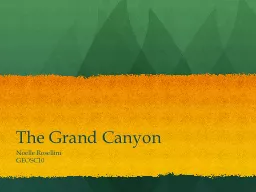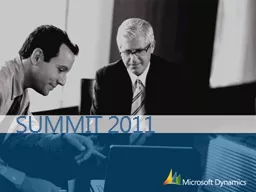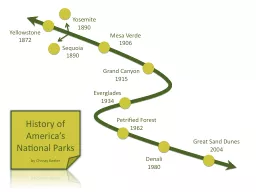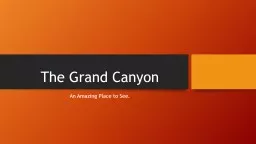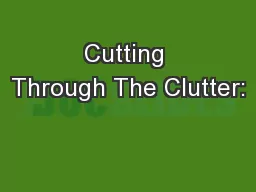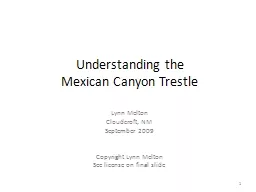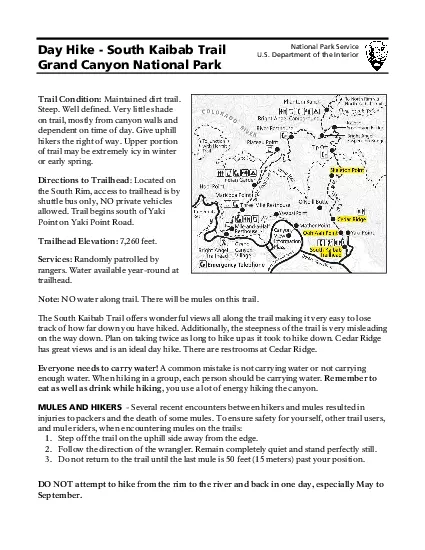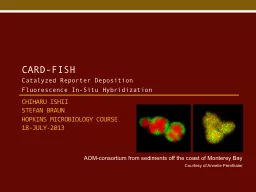PDF-A REPORTER AT LARGE CANNIBALS OF THE CANYON Has a cotr
Author : luanne-stotts | Published Date : 2015-05-11
stern civilizurion ORE than a century ago M American travellers in the Southwest were astounded to find ruined cities and vast cliff dwellings dotting the desert
Presentation Embed Code
Download Presentation
Download Presentation The PPT/PDF document "A REPORTER AT LARGE CANNIBALS OF THE CAN..." is the property of its rightful owner. Permission is granted to download and print the materials on this website for personal, non-commercial use only, and to display it on your personal computer provided you do not modify the materials and that you retain all copyright notices contained in the materials. By downloading content from our website, you accept the terms of this agreement.
A REPORTER AT LARGE CANNIBALS OF THE CANYON Has a cotr: Transcript
Download Rules Of Document
"A REPORTER AT LARGE CANNIBALS OF THE CANYON Has a cotr"The content belongs to its owner. You may download and print it for personal use, without modification, and keep all copyright notices. By downloading, you agree to these terms.
Related Documents

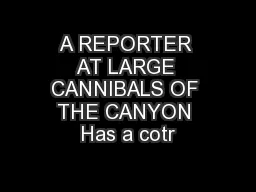

![P1:GXBCognitiveTherapyandResearch[cotr]pp837-cotr-464752May24,200311:4](https://thumbs.docslides.com/161477/p1-gxbcognitivetherapyandresearch-cotr-pp837-cotr-464752may2.jpg)
